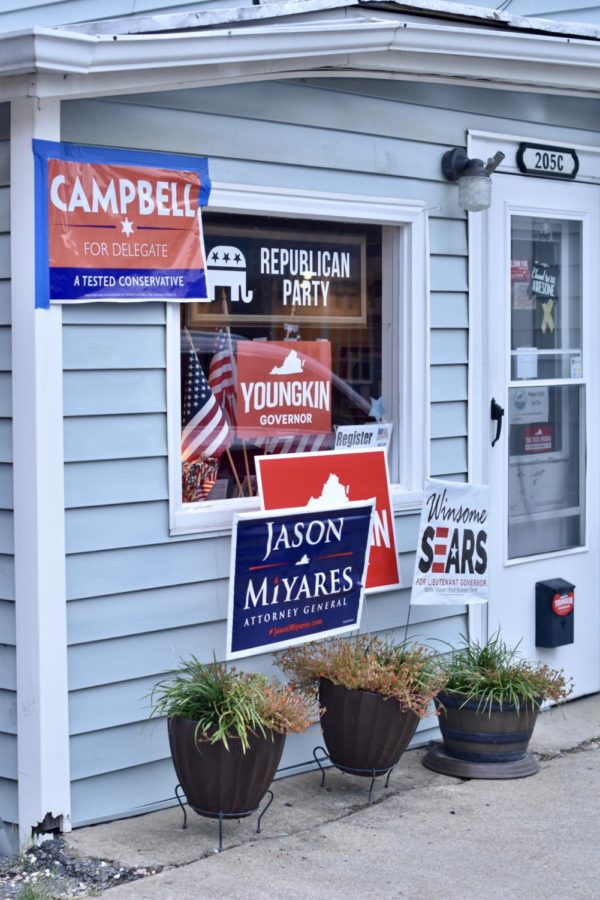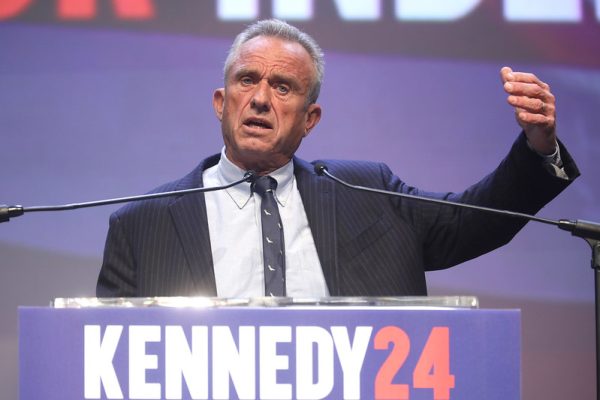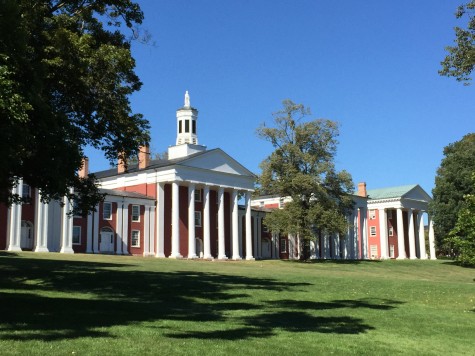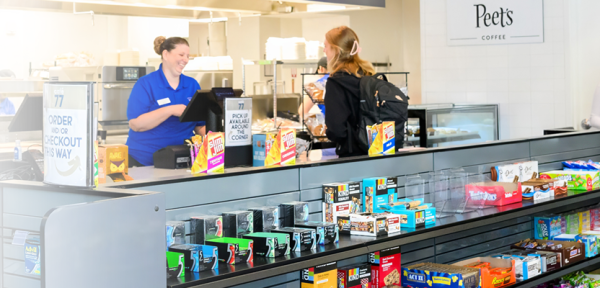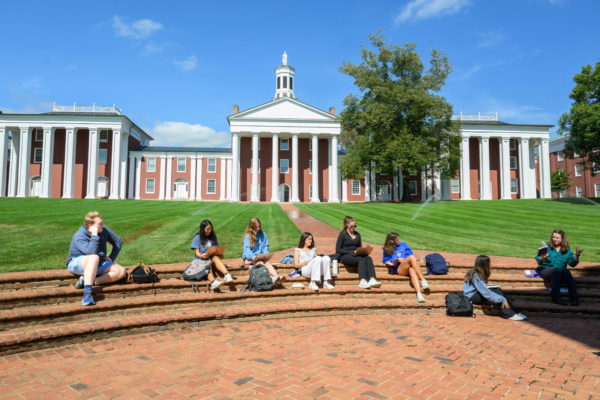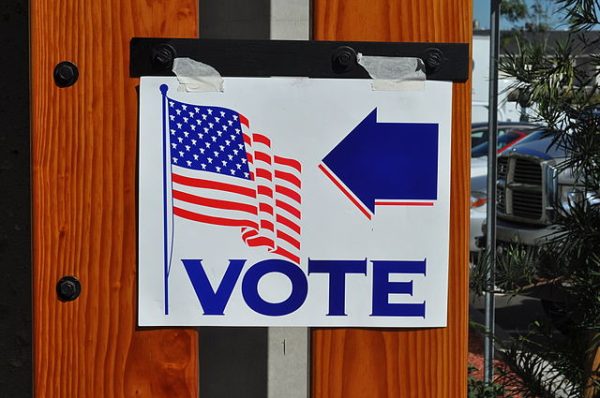A difficult position for Glenn Youngkin
Youngkin’s campaign strategy meets with moderate success but still leaves GOP candidate in a disadvantageous position
October 12, 2021
Each day brings new articles to my newsfeed about Virginia’s competitive gubernatorial race between Republican contender Glenn Youngkin and former Democratic governor Terry McAuliffe. The national implications for this race must not be understated—the outcome could help predict the course of the second half of President Biden’s term.
Youngkin, a political newcomer, was CEO of the Carlyle Group, an investment firm, and McAuliffe served as the Old Dominion’s governor from 2014-2018. In Virginia, governors can serve two terms but not consecutively.
The race is certainly an uphill battle for the GOP nominee: in order to win Virginia, Youngkin must simultaneously embrace and distance himself from former President Donald Trump. He must keep the Trump base of the Republican party enthused while also wooing decisive moderate, suburban voters.
A close poll from the Washington Post suggests that Youngkin has been moderately successful in this endeavor, although others show a wider gap between both candidates. Intriguingly, Youngkin voters show the largest amount of enthusiasm for the race (43% of Republicans to 35% of Democrats). Higher enthusiasm could suggest large voter turnout on the part of Republicans, an especially key factor in winning off-year elections.
McAuliffe, on the other hand, need only stay the course with a tried and true strategy. In early September, California governor Gavin Newsom successfully fended off a Republican backed recall effort with 62.1% of voters in favor of keeping him to 37.9% opposed.
The result was no surprise, but some pollsters suggested that a successful recall was indeed within the realm of possibility. Newsom’s resounding victory has been linked to his efforts throughout the campaign to tie the leading replacement contender—conservative radio host Larry Elder—to President Trump. This tactic seems to have succeeded in driving Democrats to the polls and in mobilizing public opinion.
Thus, McAuliffe’s attack ads connecting Youngkin with “Trump’s extremism” seem likely to produce the same effect in Virginia. However, Virginia is not California, and the Old Dominion is not nearly as liberal as the Golden State.
The Democrats thus have a unified, proven narrative behind their candidate; Republicans, on the other hand, must divide their message to reach two distinct segments of the electorate. This strategy opens them to attacks of inconsistency and hypocrisy from Democrats. Indeed, McAuliffe did just that during the second gubernatorial debate on Sept. 28 when he stated:
We need leadership as governor, not trying to be a Trump wannabe, and doing the talking points. But [Youngkin] says one thing on right wing radio, and then comes here and says something different.
In politics branding is crucial, and Democrats, as is the usual, have the advantage of being the “brander” firmly in their corner. This, combined with McAuliffe’s average poll lead of five points and Virginia’s past electoral performance, means a Youngkin victory is unlikely.
Still, it is possible, and the race should be closely watched. Even a slight improvement in performance over the last GOP nominee for governor would greatly bolster Republican spirits in a state that has been drifting blue.



